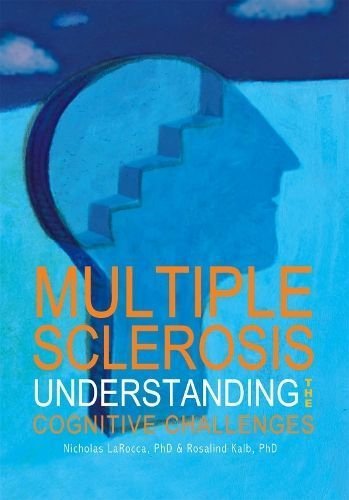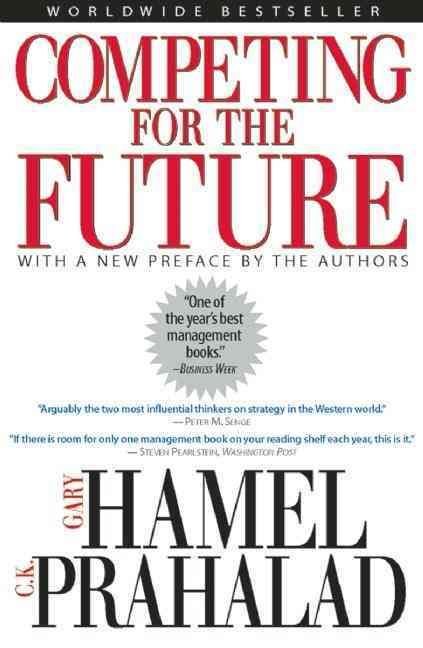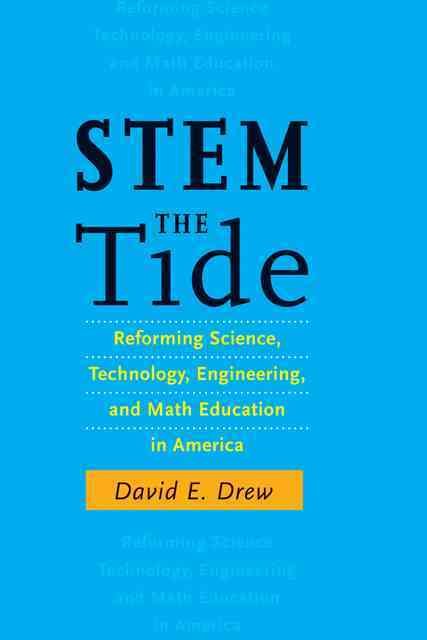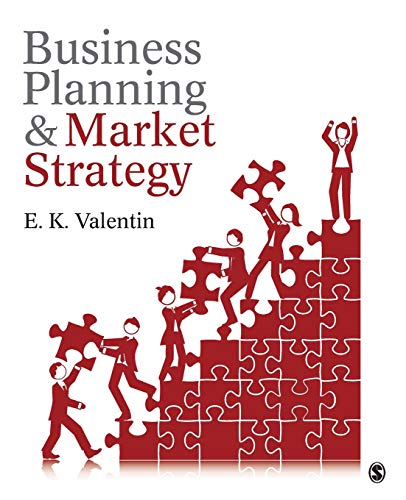During the past few years two principally different approaches to the design of fuzzy controllers have emerged: heuristics-based design and model-based design. The main motivation for the heuristics-based design is given by the fact that many industrial processes are still controlled in one of the following two ways: - The process is controlled manually by an experienced operator. - The process is controlled by an automatic control system which needs manual, on-line ’trimming’ of its parameters by an experienced operator. In both cases it is enough to translate in terms of a set of fuzzy if-then rules the operator’s manual control algorithm or manual on-line ’trimming’ strategy in order to obtain an equally good, or even better, wholly automatic fuzzy control system. This implies that the design of a fuzzy controller can only be done after a manual control algorithm or trimming strategy exists. It is admitted in the literature on fuzzy control that the heuristics-based approach to the design of fuzzy controllers is very difficult to apply to multiple-inputjmultiple-output control problems which represent the largest part of challenging industrial process control applications. Furthermore, the heuristics-based design lacks systematic and formally verifiable tuning techÂ- niques. Also, studies of the stability, performance, and robustness of a closed loop system incorporating a heuristics-based fuzzy controller can only be done via extensive simulations.












